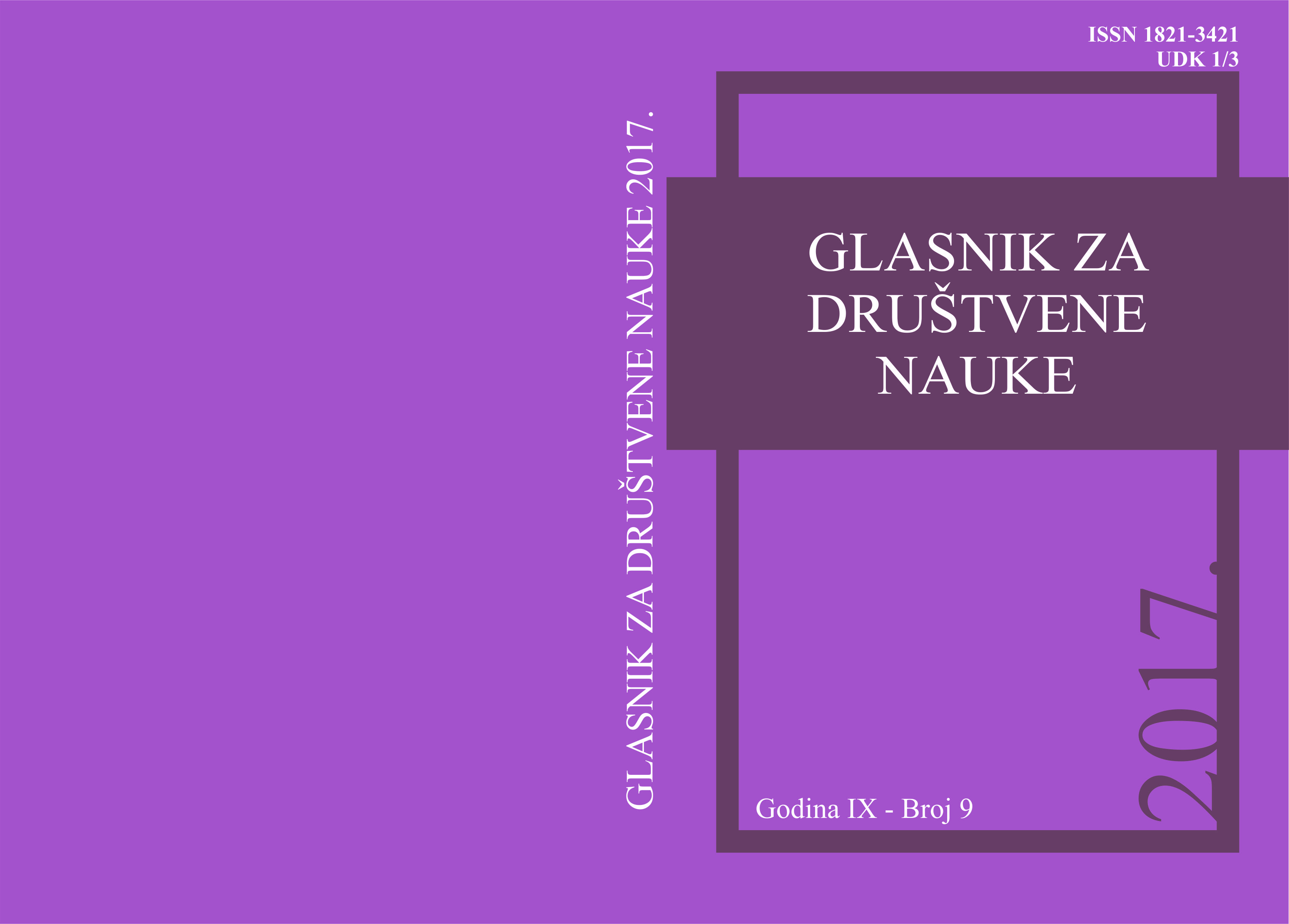THE IMPACT OF INFORMATION TECHNOLOGIES ON HUMAN RESOURCES MANAGEMENT IN GOVERNMENTS
Keywords:
management, new solutions, public administration, services, resources.Abstract
Today the general public administration offers its services to business systems and citizens not solely electronically but conjointly via mobile devices. In this paper, we deal with innovative public administrations and serving activities. We present innovative public administrations throughtheir new business and serving solutions to ensure the satisfaction of their users. We tend to follow the challenges of e-administration and its connection with the upcoming technologies and the new style of serving. Coming up with the new thought of e-administration is inextricably joined with the acceptable changes and the management of those changes. The modification starts when the general public administration begins to assume the opposite approach that later changes into the new style of behavior and serving. Therefore, for the “new” public administration to efficiently provide the service, it should have a unique serving chain that is, first of all, effective, economical, and flexible.
References
2. Ansell, C., & Gash, A. (2008). Collaborative governance in theory and practice. Journal of public administration research and theory, 18(4), 543-571.
3. Bhattacharya, D., Gulla, U., & Gupta, M. P. (2012). E-service quality model for Indian government portals: citizens' perspective. Journal of Enterprise Information Management, 25(3), 246-271.
4. Gandhi, S., & Cross, C. (2001, October). E-government initiative at city of Orlando: Current trends and future directions. In Proceedings of the URISA conference, 1-12.
5. Grover, V., Jeong, S. R., & Segars, A. H. (1996). Information systems effectiveness: The construct space and patters of application. Information & Management, 31(4), 177-191.
6. Hamilton, S., & Chervany, N. L. (1981). Evaluating information system effectiveness-Part I: Comparing evaluation approaches. MIS quarterly, 55-69.
7. Hawkins, C. V. (2010). Competition and cooperation: Local government joint ventures for economic development. Journal of urban affairs, 32(2), 253-275.
8. Kaylor, C. H. (2005). E-government. The next wave of e-government: The challenges of data architecture. Bulletin of the American Society for Information Science and Technology, 31(2), 18-22.
9. Klase, K. A., & Song, S. G. (2000). Evaluating the influence of the county manager form of government on county conflict. Public Administration Quarterly, 286-304.
10. Klischewski, R. (2006). Ontologies for e-document management in public administration. Business process management journal, 12(1), 34-47.
11. Lambin, E. F. (2005). Conditions for sustainability of human–environment systems: Information, motivation, and capacity. Global Environmental Change, 3(15), 177-180.
12. Margerum, R. D. (2002). Collaborative planning: Building consensus and building a distinct model for practice. Journal of planning education and research, 21(3), 237-253.
13. Moon, M. J., Lee, J., & Roh, C. Y. (2014). The evolution of internal IT applications and e-government studies in public administration: Research themes and methods. Administration & Society, 46(1), 3-36.
14. O'Leary, R., & Bingham, L. B. (Eds.). (2009). the collaborative public manager: New ideas for the twenty-first century. Georgetown University Press.
15. Pierce, J. C., Lovrich Jr, N. P., & Moon Jr, C. D. (2002). Social capital and government performance: An analysis of 20 American cities. Public Performance & Management Review, 25(4), 381-397.
16. Radivojevic, M., Tepsic, M., & Pejic, R. Managing Human Resources in Public Administration with Special Emphasis on Staff Training from the Office of Operations Using Knowledge Base and Ontology.
17. Savvas, I., & Bassiliades, N. (2009). A process-oriented ontology-based knowledge management system for facilitating operational procedures in public administration. Expert Systems with Applications, 36(3), 4467-4478.
18. Smithson, S., & Hirschheim, R. (1998). Analysing information systems evaluation: another look at an old problem. European Journal of Information Systems, 7(3), 158-174.
19. Tambouris, E., & Wimmer, M. (2005). Online one-stop government: a single point of access to public services. Electronic government strategies and implementation (pp. 115-144). IGI Global.
20. Thomas, J. C., & Streib, G. (2003). The new face of government: citizen-initiated contacts in the era of E-Government. Journal of public administration research and theory, 13(1), 83-102.
21. Varun Grover, T. H. D. (2001). General perspectives on knowledge management: Fostering a research agenda. Journal of management information systems, 18(1), 5-21.


